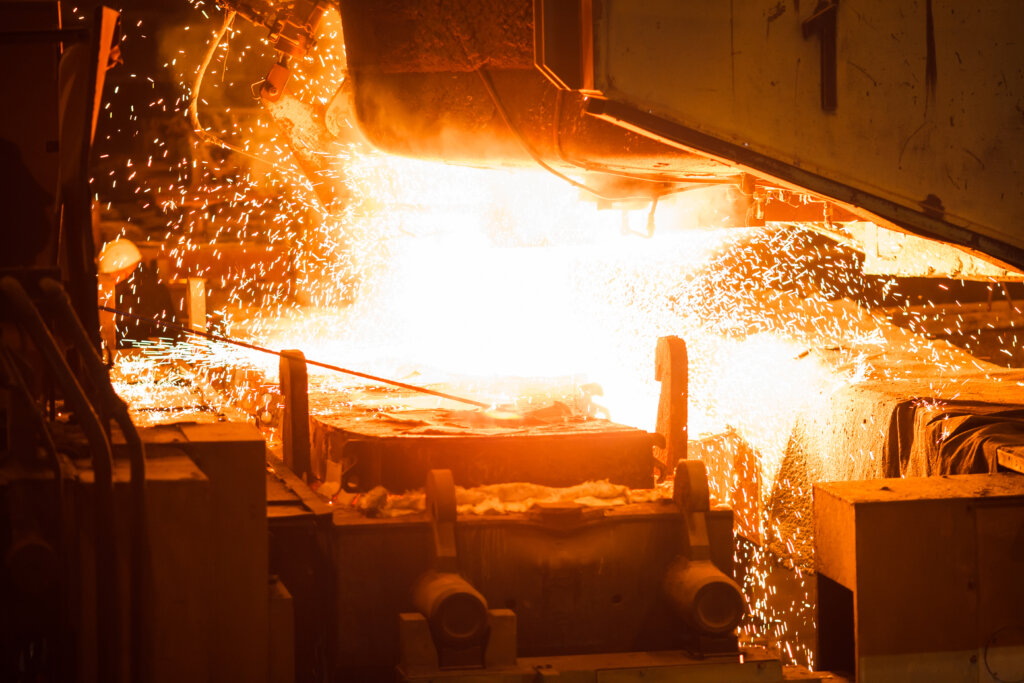If only I was a crystal ball salesman, we could have made a killing!
Wow, Wow, wow – which of us could have predicted the rollercoaster ride of the steel market in 2020. From the strong pre-COVID start driven by a mild winter in the Midwest and strong consumer spending – our world turned upside down through the spring. Auto factory closures, Steel mill capacity reductions and a world in lockdown created the most dynamic circumstances supply chain professionals have ever had to deal with.
With all of the turmoil organizations are facing we can easily imagine sales, finance and supply chain leaders trying to forecast demand in the coming quarters. Having no clarity of the future state of demand and no confidence in the availability of materials. Everyone is being asked questions that they could not possibly know the answer.
- What will sales be in Quarter 3?
- Where do you think we can get supply from?
- What about price, what is going to happen to price?
I can be sure that all the hours of stress and anxiety spent trying to figure this out were in the end, futile. Who got it right? Who somehow figured out this impossible equation? My guess is no one (And if you did please reach out, we should write a blog about how you managed that). I have personally spent many hours with my best industry experts trying to figure out what was happening and make a best guess the unknown, once again futile.
What we learned was the market has been much more resilient than anticipated, particularly in the residential and agricultural construction markets. Consumers were also far more resilient continuing to buy cars and durable goods. As the country continued to slowly open back up, green shots of recovery were seen across the industry and quicker than most anticipated. The impact of import duties and tariffs combined with aggressive capacity throttling in the US squeezed availability created longer lead times and ultimately drove the price of inflation at unprecedented levels during an economic downturn.
So here we are approaching Thanksgiving with a new set of challenges coming to view on the horizon. COVID is surging across the country with many states quickly increasing lockdown restrictions. A new President will be taking office in January. Prices continue to rise and no improvement in availability making imports viable again. In boardrooms and management meetings across the country more difficult questions are being asked.
- What is next a full lockdown again?
- How will this administration tackle COVID?
- What’s their position on Trade and Tariffs?
- Will a second relief package include an infrastructure spending bill?
- Will the mills open up more capacity again?
The time has come to once again get out the crystal balls and spend hours agonizing over what we think might happen, but just like last time it’s unlikely we’ll be able to predict all of these variables.
How do you manage supply chain variables during these unprecedented times?
Act swiftly and confidently
What we can do during these times is focus on the now – with an eye on the future. Stay focused on what you can impact today, tomorrow, next week. Making quick and clear decisions based on the data you have now. This will save you hours worrying over the things outside your control and ensure that you continue to move forward as others second and third-guess decisions as the world continues to change faster and faster. If you have an order, take it. If you have material, sell it. If you have supply, buy it. Run your business in the now as we know the future is uncertain.
What does an eye on the future look like?
One way to think about it is that you wake up every day and make decisions based on what is immediately in front of you. At the end of the day look up and see how those decisions might impact what happens a few quarters from now. The future state will soon enough come into vision when you need it.
Change and volatility in supply chain is not new and is not going away. It is a constant struggle to manage the variables – many of which we clearly do not control. That’s why Reibus was built – to provide the tools to manage today, and the resources to help you navigate these uncertain times.





